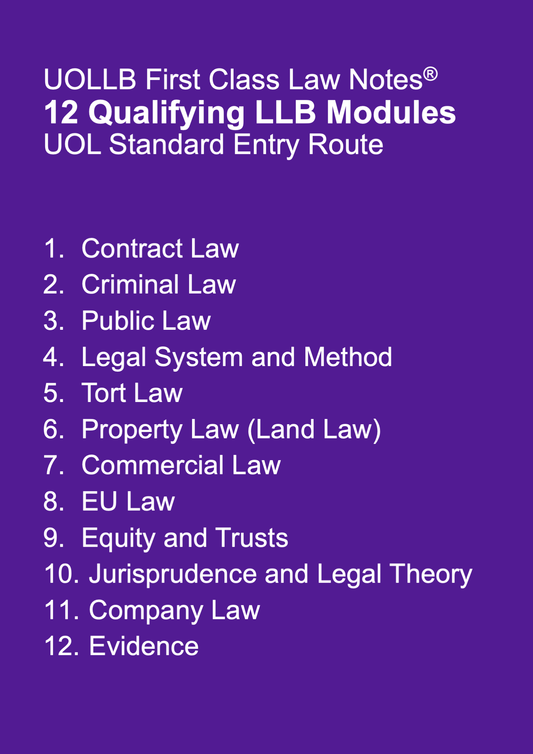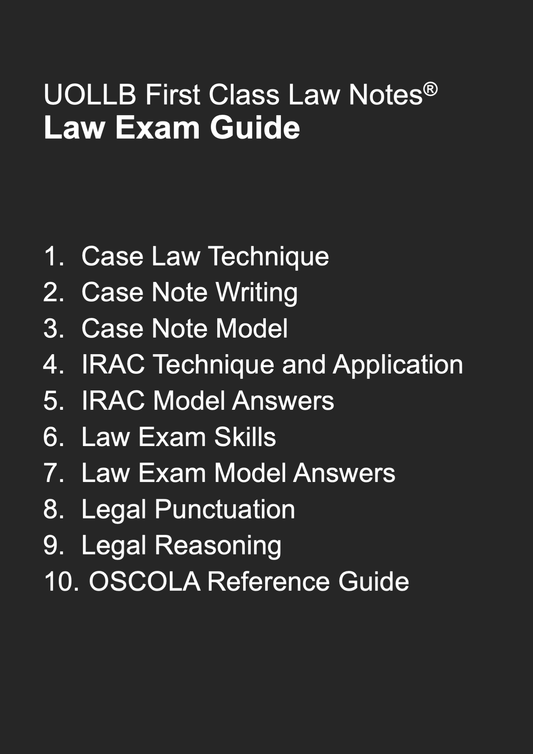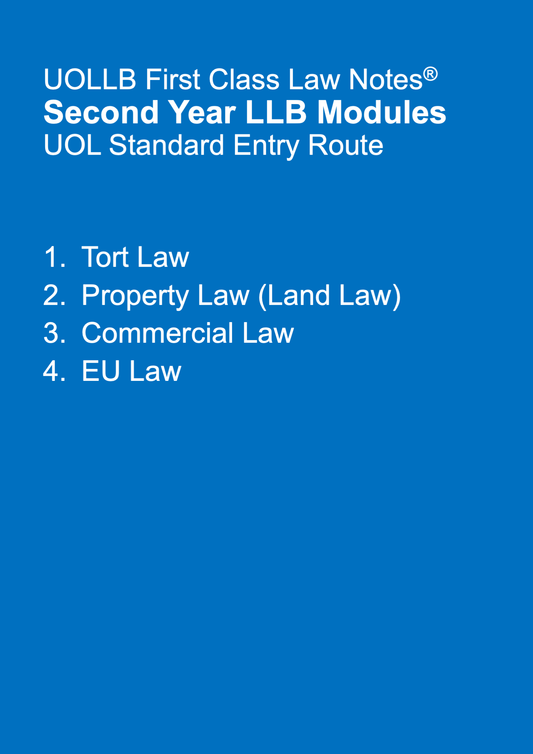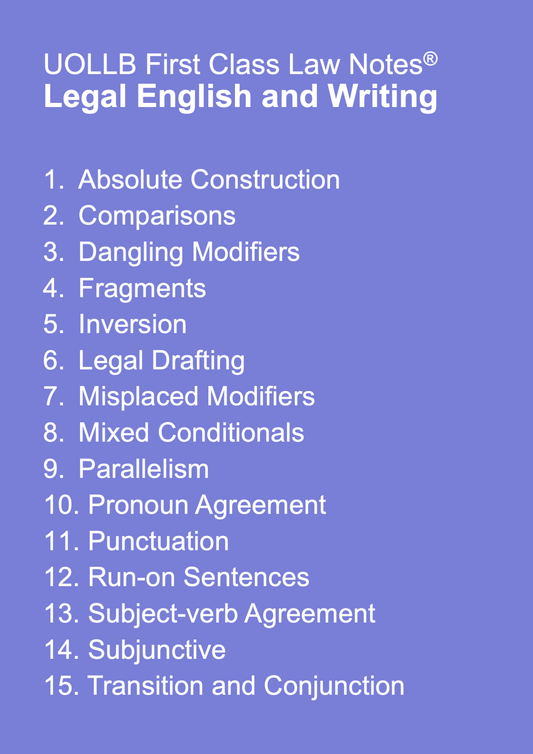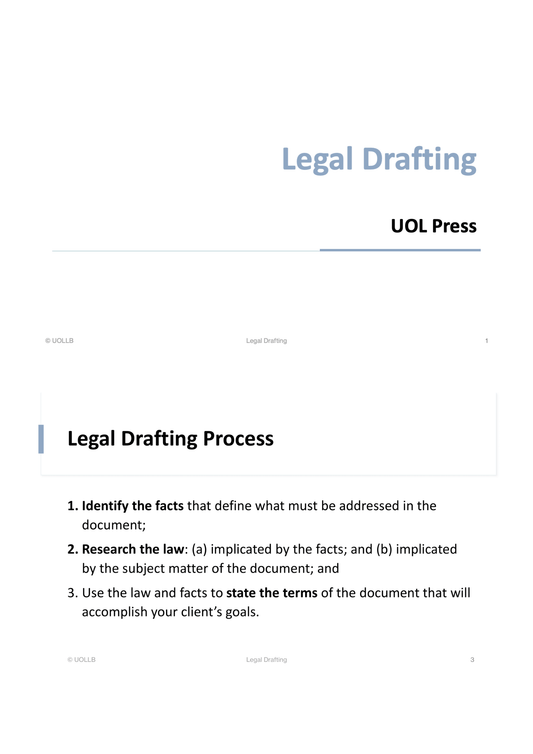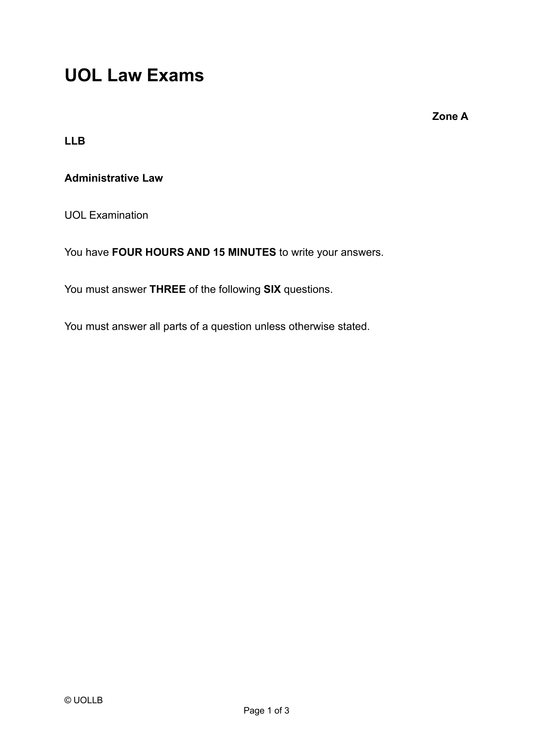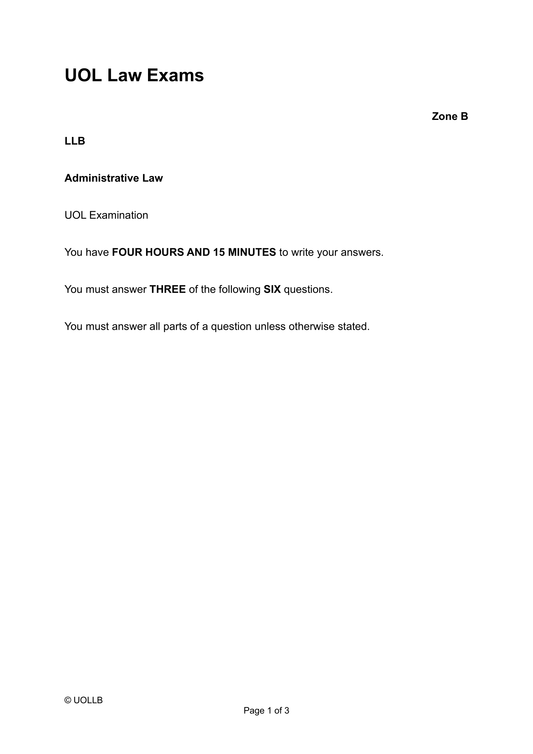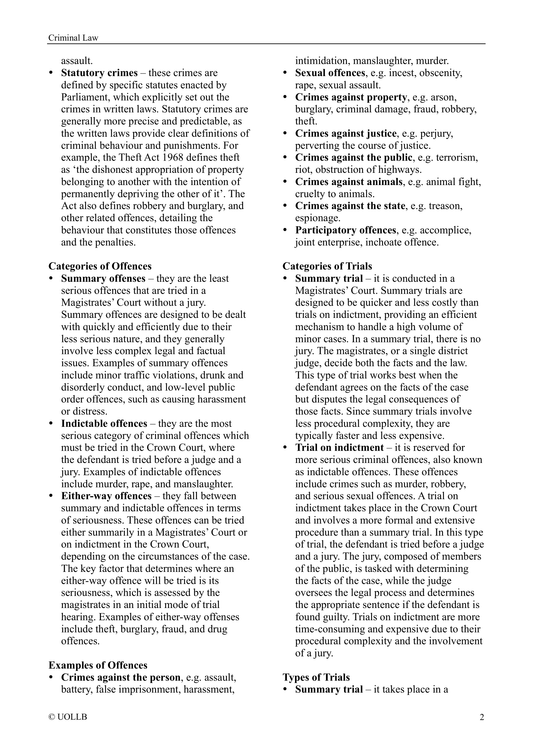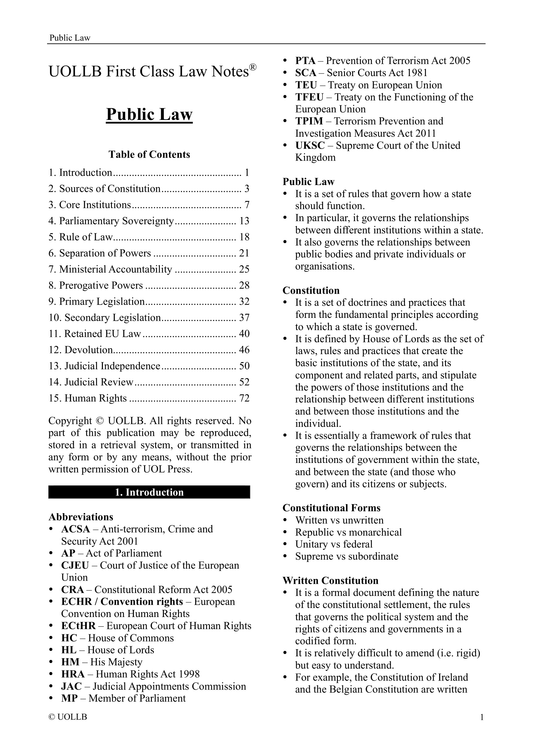Indirect Effect of EU Law
Share
Indirect effect is another way in which EU law can have an impact on national law and the actions of individuals and member states. Indirect effect refers to the ability of individuals to invoke EU law in national courts against other individuals or private organisations.
The principle of indirect effect was established by the European Court of Justice in the case of Von Colson v. Land Nordrhein-Westfalen in 1984. In this case, the Court ruled that EU member states must interpret their national laws in a way that is consistent with EU law, in order to give full effect to the rights and obligations established by EU law.
In practice, this means that if a national law conflicts with EU law, individuals can rely on the EU law to interpret the national law in a way that is consistent with EU law. This allows individuals to assert their rights in lawsuits against private organisations or individuals, rather than only being able to assert their rights in lawsuits against the government or public bodies.
For example, if a national law in an EU member state provides less protection for workers' rights than EU law, a worker may be able to rely on the EU law to interpret the national law in a way that provides greater protection for their rights. In this way, indirect effect can help to ensure that EU law is applied consistently and uniformly across all member states, and that individuals are able to fully exercise their rights under EU law.








